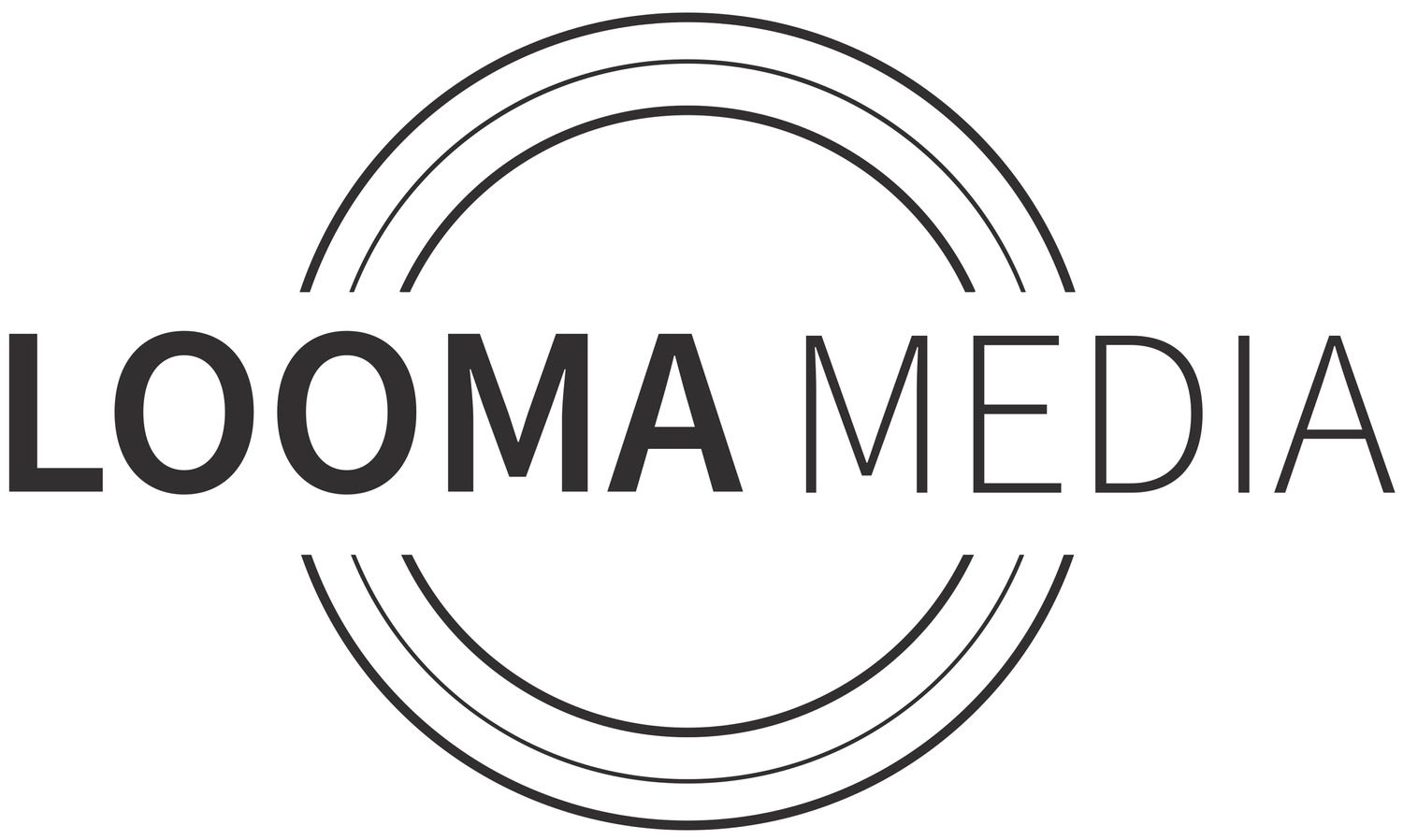Illustrating Tone: Matching your Tone to your Desired Branding
Tone is tricky — especially in corporate video.
Defined loosely as the character or mood of a piece of art, “tone” may be further simplified, in this case, as how a video makes you, as a viewer, feel. When you’re coming up with ideas for your corporate video or ad, it’s extremely important to keep that in mind, because not only will your tone affect how you and your company looks – it’ll also affect your audience’s overall perception of your business or product.
Developing Your Tone
We won’t delve too deeply into the myriad things that can alter (or ruin) the tone of your video, because we’ve already covered it here. Nonetheless, here’s a loose overview of elements of your video that can dramatically alter or effect your tone:
Music and sound
Camera work
Colour
Editing
Writing
As you can see, there are a great many things that can affect the tone of your video project – including many more intangible and difficult-to-control things, such as the personality and business goals of its subjects. For that reason, this time around, we’d rather show you a visual and aural demonstration of two dramatically different tones applied to (essentially) the same video product.
Here are two examples of our video business card, edited differently to change their tone. Take not
Tone in a Video Business Card
You’ll see below two distinct versions of our video business card, which is a product that’s designed to help people get to know your company better. Take note of how the tonal differences between the two videos alter your perception about our company’s personality.
Example #1
This video business card is meant to demonstrate a more pensive, artistic, and serious company personality founded in creativity and passion.
The music in the background is flowing and ambient. It helps hold your audience’s attention and lends gravitas to the interview portion of the video.
The camera work in the b-roll clips is generally more cinematic.
The colour is tinted very slightly yellow, which gives the video a warm, tempered emotional character.
The editing is, overall, paced more slowly and is structured in such a way that it builds in tension throughout the duration of the video. The shots tend to linger a bit longer for a slower pace
The overall character of the video is more pensive and imaginative, positing that we’re a professional company that takes our artistry, and our work, seriously.
Example #2
Our second video business card is intended to be laid-back and humorous, and shows Looma Media in a friendly light. It portrays us, perhaps, as someone who you’d want to get a beer with after a shoot.
The music is bouncy, fast-paced, and lighthearted, which matches the more relaxed tone.
The camera work is a little more movement-oriented and quick.
The colour is untinted but generally more saturated, which gives everything a bright, energetic feel.
The editing is faster-paced and features more playful transitions between scenes.
The character of the video is much more buoyant and playful – even though it uses the exact same interview footage as example #1 (albeit rearranged to suit a slightly altered narrative). The inclusion of humour helps potential clients get to know us as a fun, easygoin client, and helps “break the ice.”
Choosing Your Tone
As demonstrated above, making simple tonal changes to your video can entirely alter your perception of its subject matter. Choosing your desired tone all comes to this: how do you, as a person and a company, want to be perceived by your audience?
This can depend on a great many factors, namely: who is your audience? What industry are you in? What is your intended goal with these videos?
There’s a lot to consider here. If you need any help at all with the process, we’d love to chat with you! We love making videos and we’re experts at helping identify the tone that would work best for you. Get in touch today!

